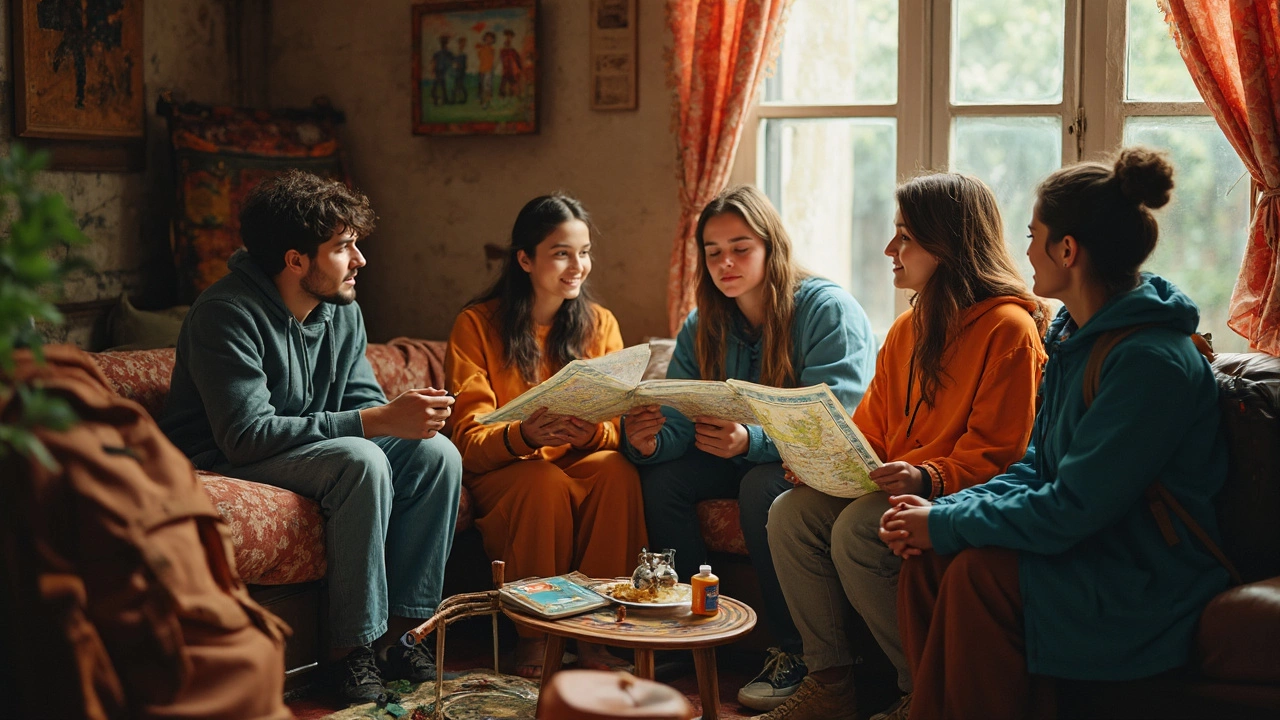Mosquito Prevention: How to Stay Bitten-Free in India's Wild Places
When you’re sleeping under the stars in a jungle camp near Bandipur or trekking through the Western Ghats, mosquito prevention, the simple, daily actions that keep biting insects away. Also known as insect bite protection, it’s not just about comfort—it’s one of the most important health steps you can take before heading into India’s wild areas. Mosquitoes don’t just buzz around your ears—they carry dengue, chikungunya, and malaria, especially in humid forests, near water bodies, and during monsoon season. You don’t need fancy gear to stay safe, but you do need to know what actually works.
Many travelers think bug spray alone is enough, but that’s only half the story. mosquito nets, fine-mesh covers used over beds in camps and lodges are your best friend at night, especially in remote areas where electricity is unreliable. Look for ones treated with permethrin—they kill mosquitoes on contact. clothing choices, wearing long sleeves and light-colored, tightly woven fabrics matter more than you think. Dark colors attract mosquitoes, and tight weaves stop them from reaching your skin. And yes, even in the dry season, mosquitoes are still active at dawn and dusk. Don’t wait until you’re bitten to act.
Some camps offer repellent sprays or coils, but don’t rely on them. Bring your own DEET-based or picaridin repellent—it’s more reliable than natural oils like citronella, which fade fast. Apply it to exposed skin and clothing, not just your arms. If you’re staying in a jungle camp, ask if they spray the area daily. Most good ones do. And if you’re heading into a high-risk zone like the Northeast or Odisha’s forests, check if your travel insurance covers treatment for mosquito-borne illnesses. It’s not about fear—it’s about smart planning. Below, you’ll find real travel stories and practical advice from people who’ve been there: how they avoided getting sick, what worked in the heat, and what they wish they’d known before their first night under the stars.
